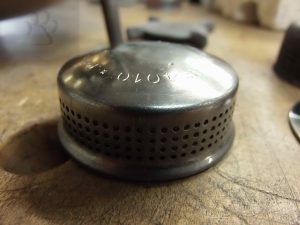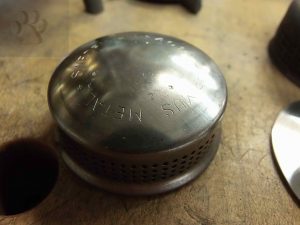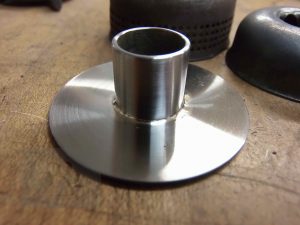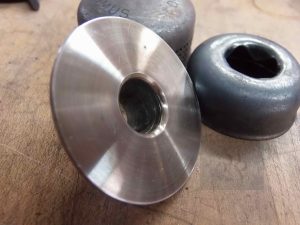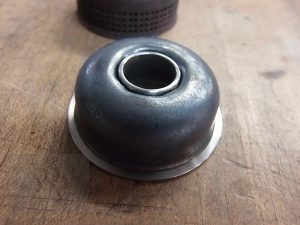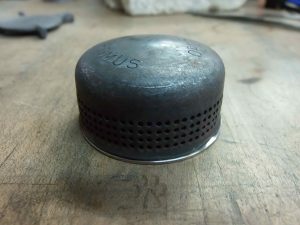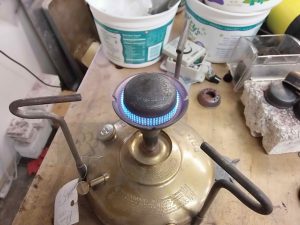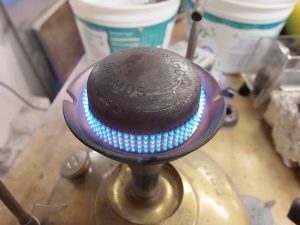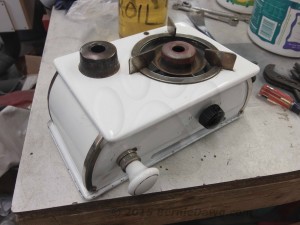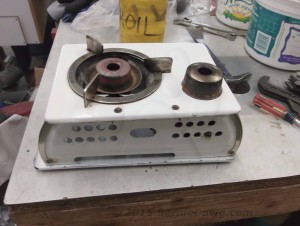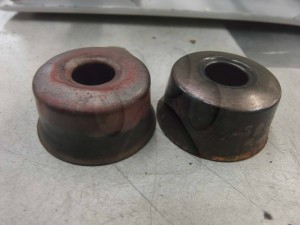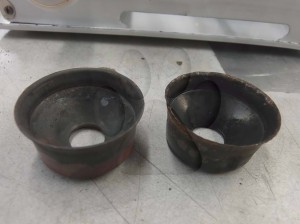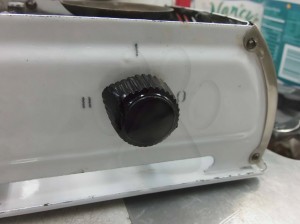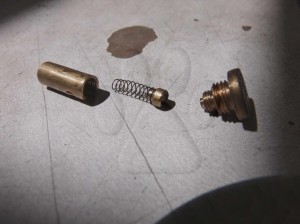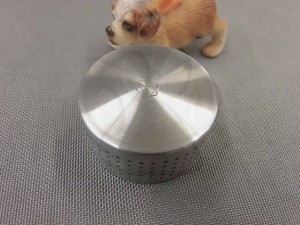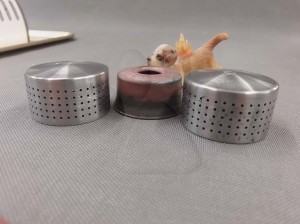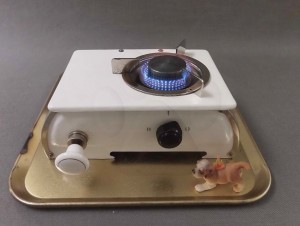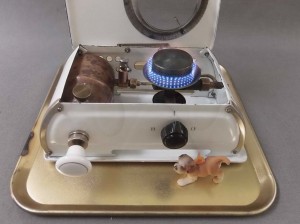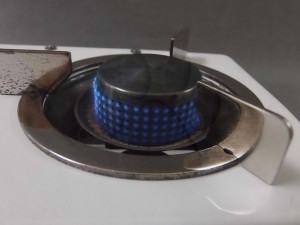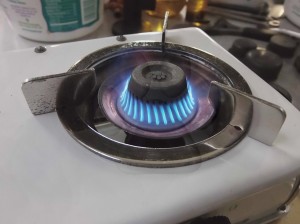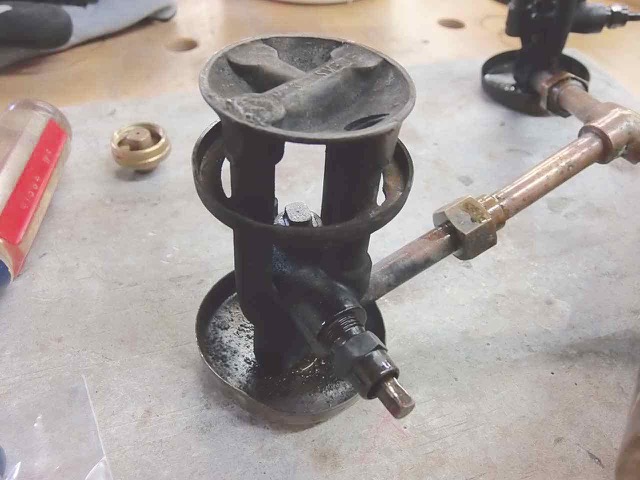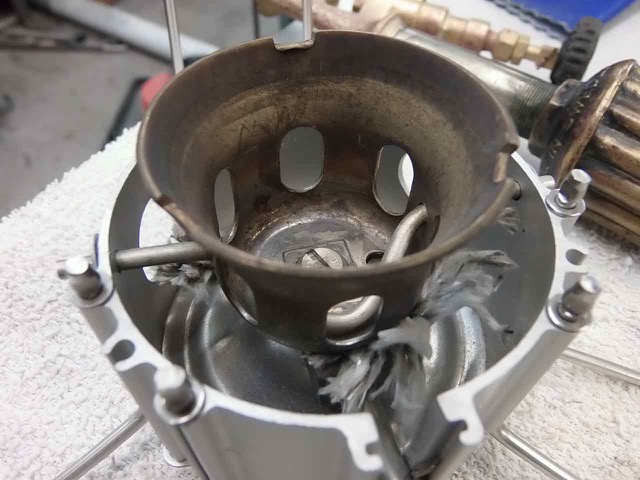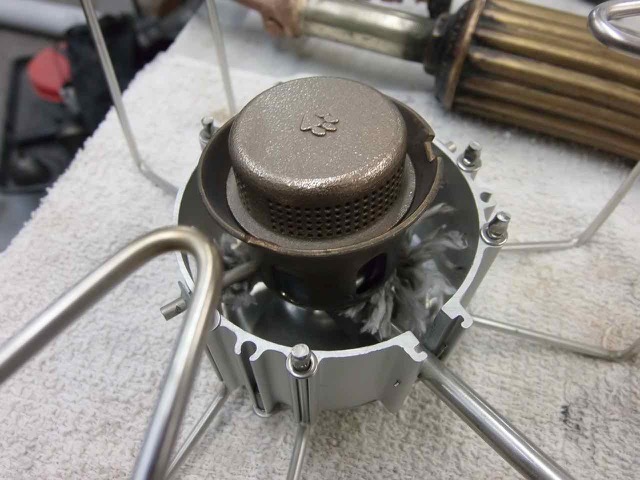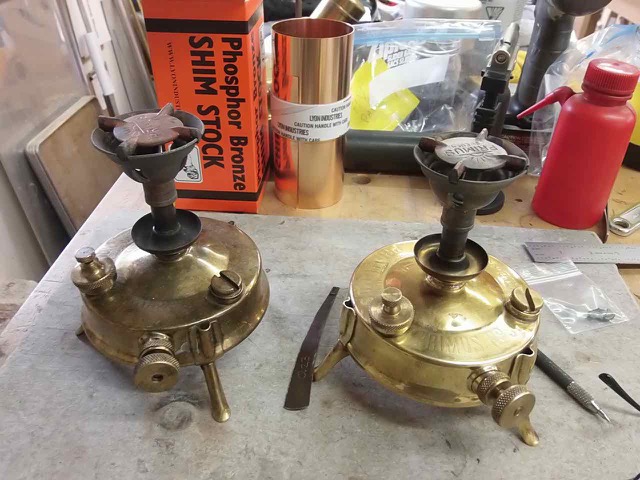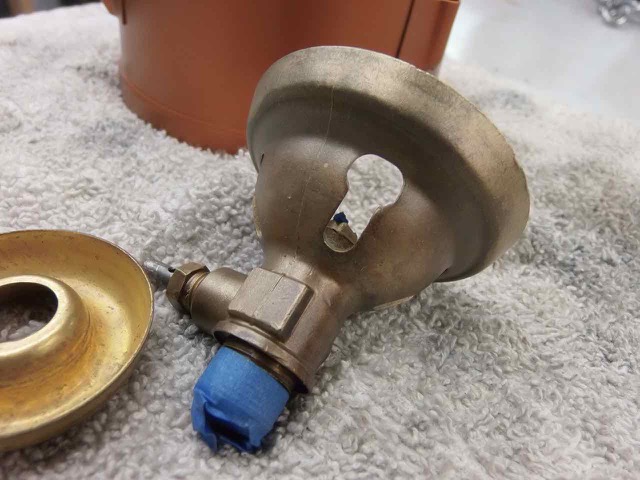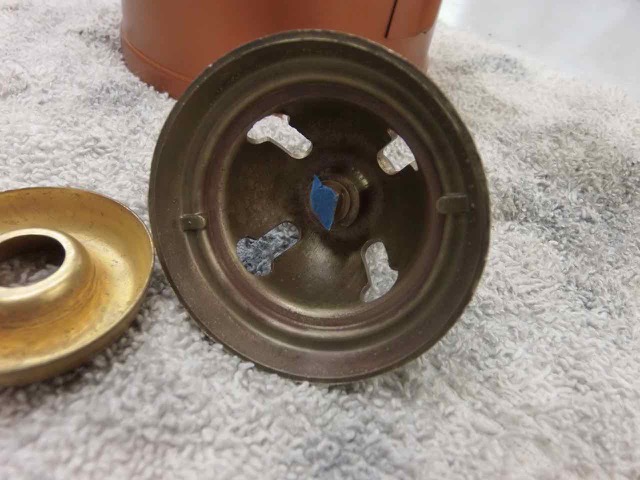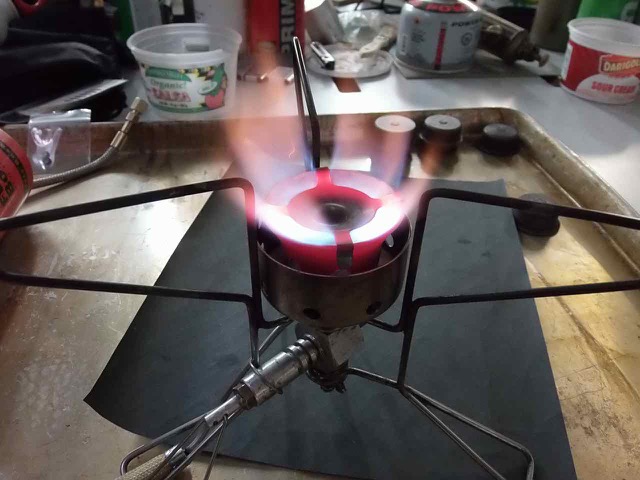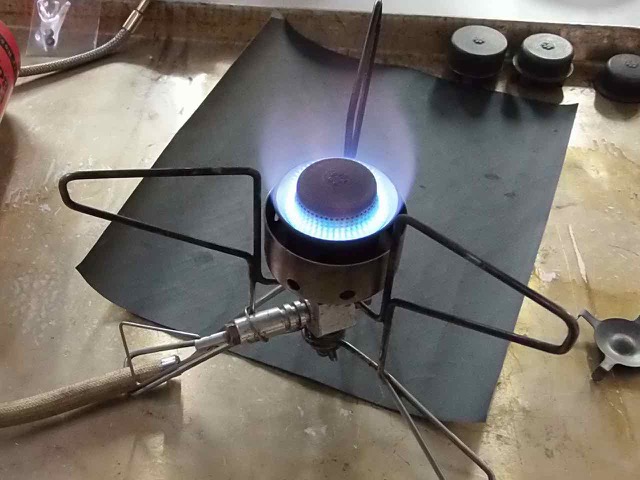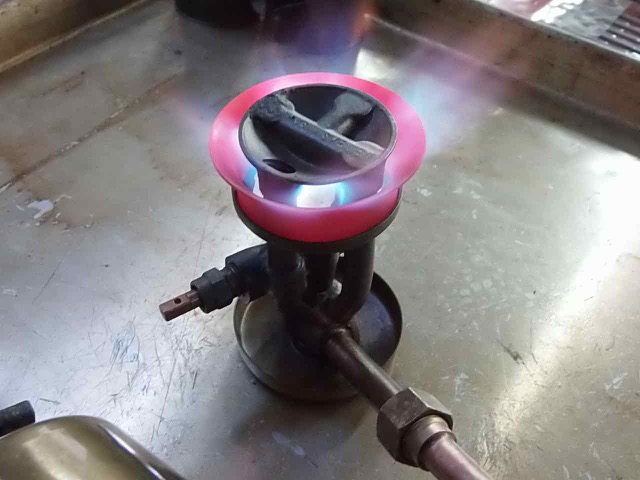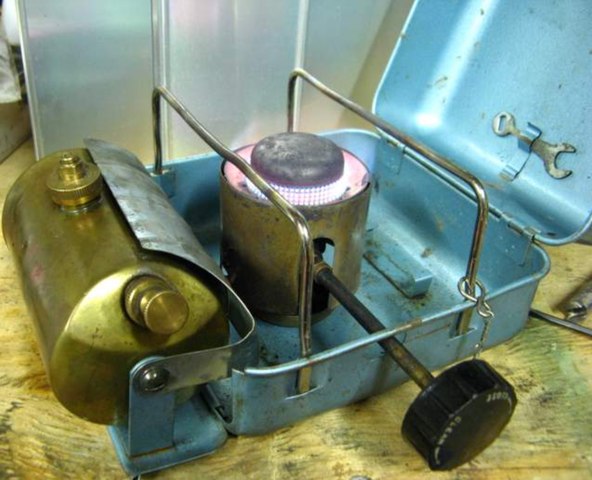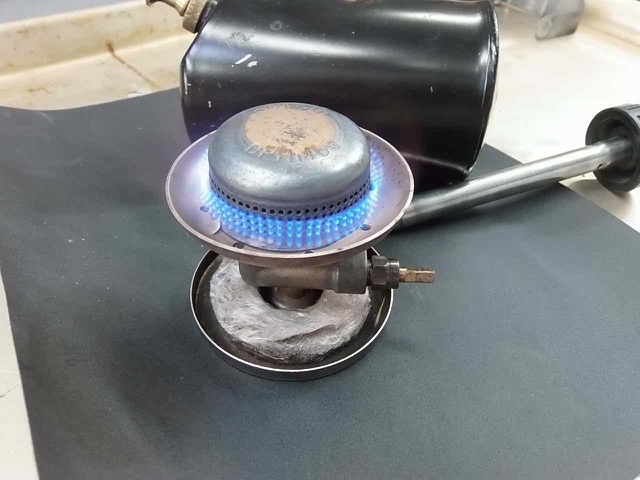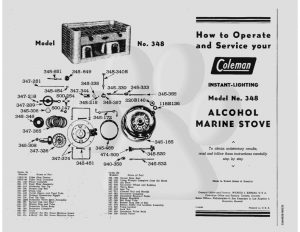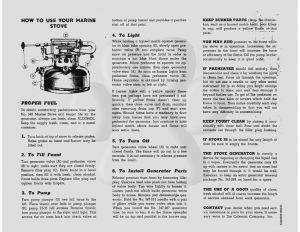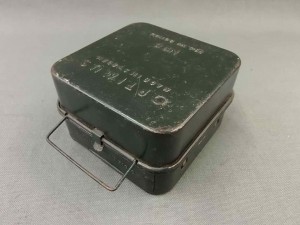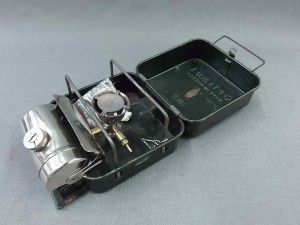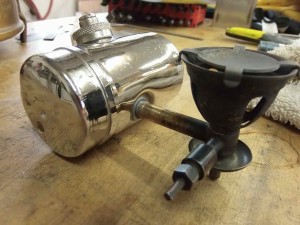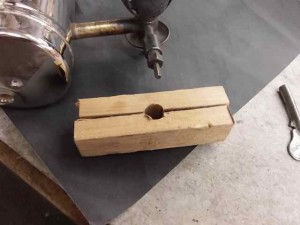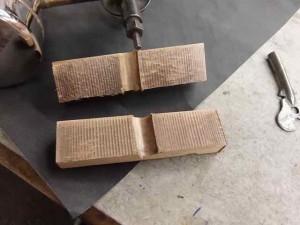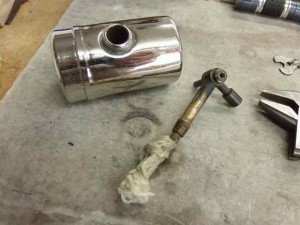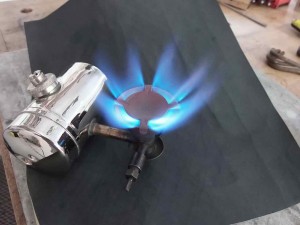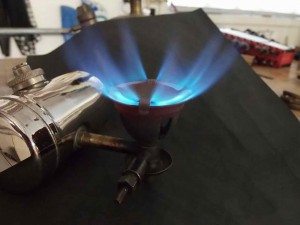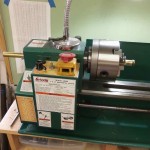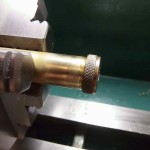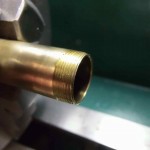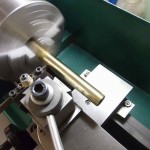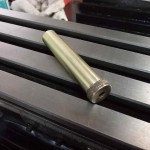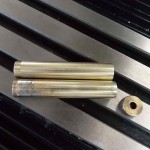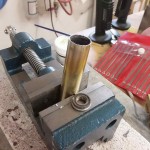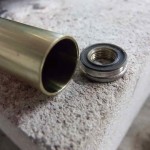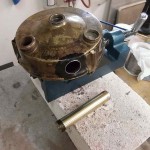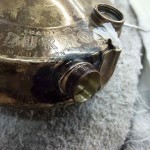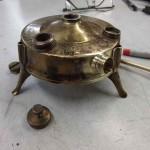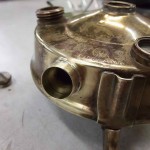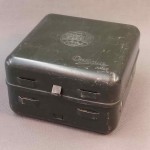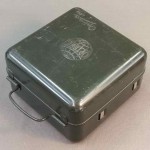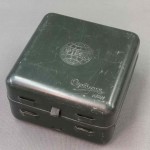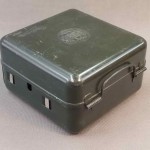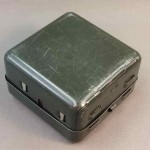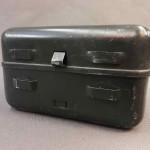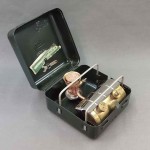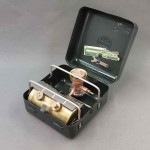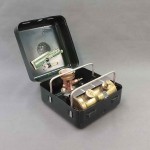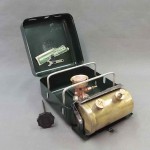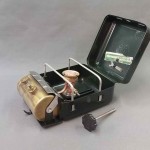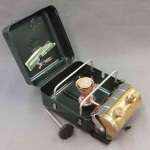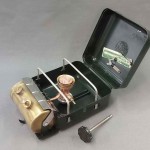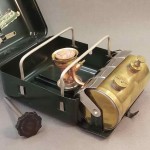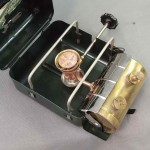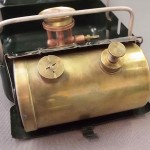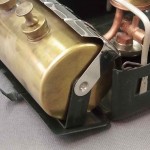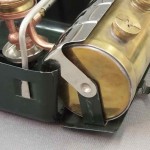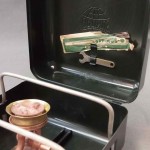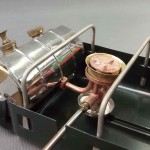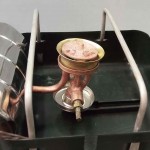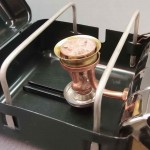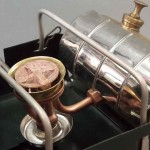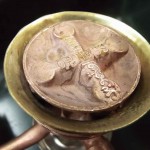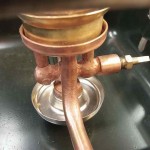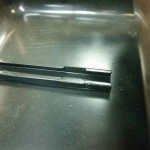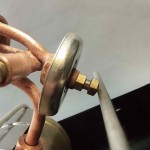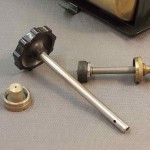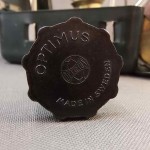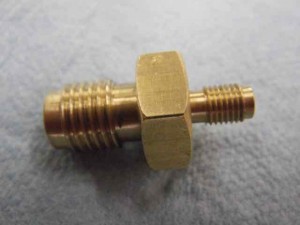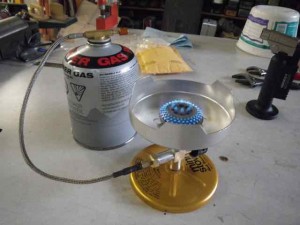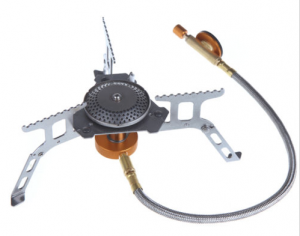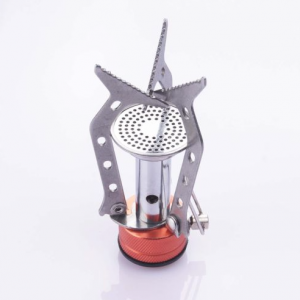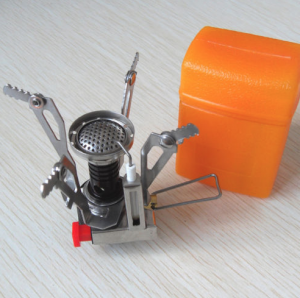Primus Leaflet 1222 in French
Gallery
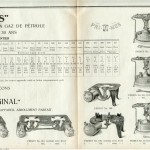
This gallery contains 5 photos.
1920’s-ish, Click on an image to see it bigger, contact me for better resolution images
Kolibri (Hummingbird) Stove – from Hungary
Here’s a Kolibri kerosene-burning stove I received from a seller in the stove’s native country of Hungary. Kolibri means “Hummingbird”. It’s an attractive little porcelainized stove with very 1950’s or early ’60’s styling.
Just click on any image for a larger picture.
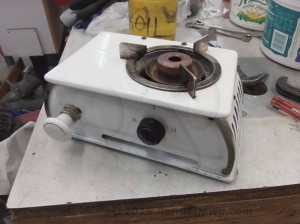
Sadly, while I received two of the original inner caps, no outer cap came with the stove.
Here are some detail shots of the stoves workings.
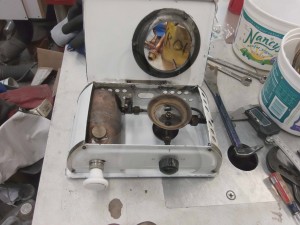
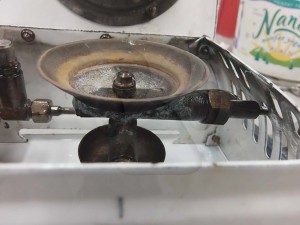
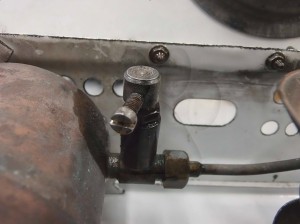
The on-off valve is missing it’s plastic or bakelite handle. This valve does not control flow rate, only whether the fuel is on or off.
The knob on the front controls the cleaning needle which acts to throttle the stove.
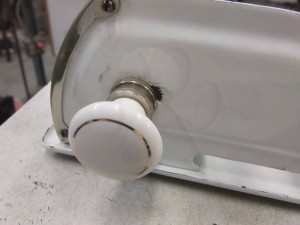 This ceramic knob pump knob is unlikely to be original. It is probably a cabinet door pull. The original would have been a round black sphere.
This ceramic knob pump knob is unlikely to be original. It is probably a cabinet door pull. The original would have been a round black sphere.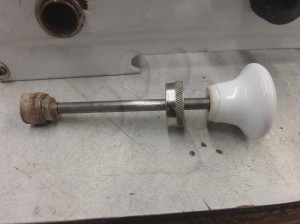

The stove was disassembled and cleaned.
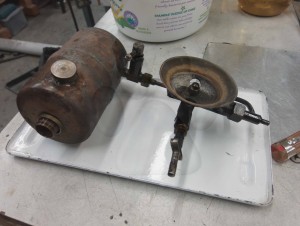
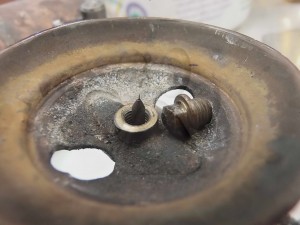 Here is the cleaning needle/throttle peeking out of the stove body.
Here is the cleaning needle/throttle peeking out of the stove body.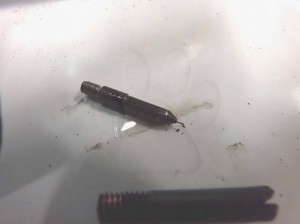
Unthreaded and removed.
The unique shaped NRV (Non-Return Valve) from the bottom of the pump tube.
As the stove came without a complete set of silent caps, I made a pair of stainless steel outer silent caps to match the inners. The number and size of exit holes and the general shape and size of the outer caps I based on inspections of photos of complete stoves researched from the web.
The fabricated outer caps worked well. Strong full flame. Note in the photo below that I repaired the chipped porcelain around the pump tube mount with matching white epoxy paint, built up in layers and smooth and polished with ultra-fine abrasives and polish.
But, I also liked the performance of the stove with this 3D laser-printed BernieDawg prototype cap.
Silent Cap for Optimus 111 or 111B?
Hello BernieDawg,
I’m sure you’ve received this question before, but I’ll go ahead and ask. Do you have a silent damper for the Optimus 111 stove (hiker) with the “roarer” burner?
Thanks,
“Bugged by Noise”
Hi, “Bugged”
Thanks for your question and your interest in my silent cap products. I *have* received this question quite a few times.
Coleman 345 (and 348!) paperwork
Hi BernieDawg
I’ve heard you have lots of documents in your collection. I have a Coleman 345 marine stove and I would really like to get the instructions for the operation of the stove. Do you have such a thing?
Sincerely,
Coleman Searcher
Hi Coleman Searcher
You bet! I have the instructions for both the 345 (kerosene) and the 348 (denatured alcohol) versions of these awesome old marine stoves. Here is the paperwork for your stove:
(just click on the thumbnail images for the larger versions)
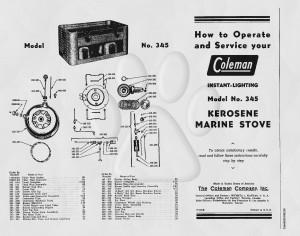
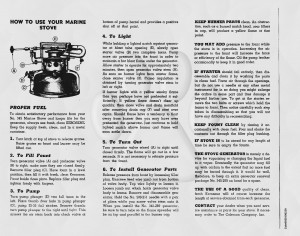
I don’t believe that these sorts of documents on old stoves should be kept behind membership requirements or pay-to-view mechanisms on the internet just to promote the sites that hold them hostage. I believe that the free exchange of information without strings attached is what best promotes the collection and preservation of old stoves. Isn’t that what the internet is supposed to be about?
I hope this helps you with your stove. It’s a nice one!
Happy camping!
BernieDawg
UPDATE! Here are the instructions for the Coleman 348 alcohol burning version of this marine stove set.
large 300dpi PDF, about 3MB
Coleman 348 Marine Alcohol Stove Instructions large 300dpi PDF, about 3MB
A “Tool” for Burner Removal – Optimus 8
With some vintage Optimus 8 stoves, there is no nut cast into the fuel feed pipe.
This makes disassembly to service the wick or unclog a fouled fuel line difficult. It is quite possible to break the fuel feed/vaporizer by trying to remove it through applying force to the spindle housing or the the small “stilt” that supports the burner. Then your stove is toast!
Here’s a simple do-it-yourself tool you can make. To remove the fuel feed/vaporizer body from the tank, make a block of wood. Drill a hole through it just the size of the fuel feed tube.
Then, cut it in half lengthwise. A thin-bladed saw such as a bandsaw works well for this so that you remove the least material. You could also use a Japanese pull saw if you don’t have machinery.
Clamp the block around the fuel feed tube in your bench vise or with a big clamp. Turn the tank counter-clockwise by hand to unscrew the vaporizer from the tank.
You can then service a clogged or charred wick, replace the wick or what have you. Enjoy the blue flames from your service work.
BernieDawg Cap Instructions
Hi Berniedawg
Where can I find instructions on how to fit/mount your silent caps on various burners, say like the Svea 123R? Youtube maybe?
Best,
“Hans”
Thanks for your BernieDawg cap question.
The instructions for the caps can be found at:
https://www.berniedawg.com/berniedawg-silent-damper-cap-instructions/
That same link to the instructions can also be found at the main page of my product manufacturing partner page. (it’s down at the bottom of the text.)
https://i.materialise.com/shop/designer/gary-adams
The link can also be found at the end of the description of each cap product at my manufacturer, i.materialise. When you decide to order a silent damper cap product, you can just cut and paste the link into your browser to get to the instructions webpage.
The instructions are on this website, too, at: https://www.berniedawg.com/berniedawg-silent-damper-cap-instructions/
Happy camping!
BernieDawg
Making a New Pump Tube
A Burmos 96 stove was sent to me for removal of a badly stuck NRV. After replacement of the NRV there was still leaking going on in the pump tube. I removed the pump while the stove was pressured and added some water in the pump tube. Using a small but strong flashlight, it could be seen there were several locations emitting streams of bubbles around the inside of the pump tube. This was likely caused by poorly drawn brass tubing that left stresses in the tubing back when the stove was made.
The pump tube was pulled and the tube was replaced with one I manufactured to match here in the BD Labs. Those photos follow.
“click” an image to enlarge
- crafting the tube on the lathe
- checking fit of pump cap
- the newly threaded end
- parting off the tube
- tube with cap
- original tube and copy side-by-side
- removing base plate from original tube
- new tube and base plate ready for assembly
- copy tube assembled and ready for installation
- completed installation
- after clean-up
- after successful pressure test
Optimus 11
This is a late-in-the-series Optimus 11. This stove has never been fueled or fired. The spindle knob is not original to the stove. The knob form on the spindle is correct for the period, but the shaft is a round end that I consider mechanically squaring so that it could be used with the square spindle on the stove.
Hank Roberts & Gerry Stove Adapters
Hi BernieDawg
I have a Gerry and a Hank Roberts mini-stove and I want to adapt them to use todays fuel canisters. Do you have and sell a conversion kit or can you refer me to someone who does? Should you have one, how can I order it and how much does it cost? Thanks for your help.
Signed,
Gerry Guy
Hi Gerry Guy
Thanks for your question. I’m going to tell you the honest truth. It may not be what you want to hear. I hope you won’t be mad.
As you know, the cartridge style used for Hank Roberts, Gerry and similar stoves has been out of production for many years now. The Hank Roberts and Gerry branded stoves have gone the way of 8-track tape players, Sony Betamax VCRs, and crystal radio sets – they are outmoded and obsolete, having been replaced by much better modern alternatives. On the other hand, I do understand that some people enjoy collecting these old dinosaurs. Heck, I have a few of them myself!
I did a small run of custom-machined adapters for Hank Roberts conversions back in 2010 for some fans of this budget-priced stove of yore. I no longer have any in stock. The machined brass adapter connects the Hank Roberts/Gerry 7/16 x 20 stove thread to the Chinese M6 x 0.75 threaded hose/valve set.
If you’d like me to custom-machine a brass adapter on my precision mini-lathe it’d cost you $45 plus shipping (about $3 in the USA). You can buy the Chinese-made valve/hose set shown in the photo for about $12 on eBay. If you think I’m out of line on the cost of that custom machining, you can give the thread data and show the photos above to your local machinist and see what he’d quote you.
There is no one anywhere else in the world that I know of that does any sort of conversions for these. So, there is no need to knock yourself out searching the web further.
All this said… most people (including me!) don’t think converting a Hank Roberts/Gerry is worth it. You can get most modern brand name isobutane stoves new at under $50-60. That’s what I would encourage you to do. Why? Well…
Modern lightweight backpacking stoves are designed to specifically burn the gas mixtures in present day isobutane cartridges. Hank Roberts and Gerrys, on the other hand, were designed to burn straight butane. Isobutane works much better in cold conditions and comes in canisters you can find all over. The Hank Roberts/Gerrys simply aren’t designed or jetted to work as well as a modern stove with isobutane canisters. They are cute “collector item” stoves, but they are not serious outdoor stoves compared to modern alternatives. (Sorry if this isn’t what you wanted to hear.)
Here are a few name brand modern stove candidates you can Google that would make good replacements for your Hank Roberts/Gerrys:
Snow Peak Gig, manual – $39.95 msrp
MSR Pocket Rocket – $39.95 msrp
MSR Micro Rocket – $59.95 msrp
Kovea Tornado – about $41 with shipping via eBay
Optimus Crux – $59.95 msrp
Optimus Crux Lite – $39.95 msrp
Primus Classic Trail – $25 msrp
And… if you are looking for even cheaper, but still usable stove alternatives, there are many, many imported isobutane stoves coming out of China and Korea that are really quite good. You can find them on sale on eBay for under $20 with the shipping included in that price. Here are three I’ve purchased that I found work just fine and all for under $20 shipped:
You can curb recycle your old Hank Roberts/Gerry stoves as aluminum in many communities in the USA. Or, you can try to sell it on eBay, though most people have figured out they are pretty much useless now that cartridges for them have been gone for 10+ years. Or, you can make a nice display of vintage backpacking gear in your home to remember those great old times on the trail. (I still have my old 1977 Kelty frame pack hanging on my wall!)
Happy Camping!
BernieDawg

